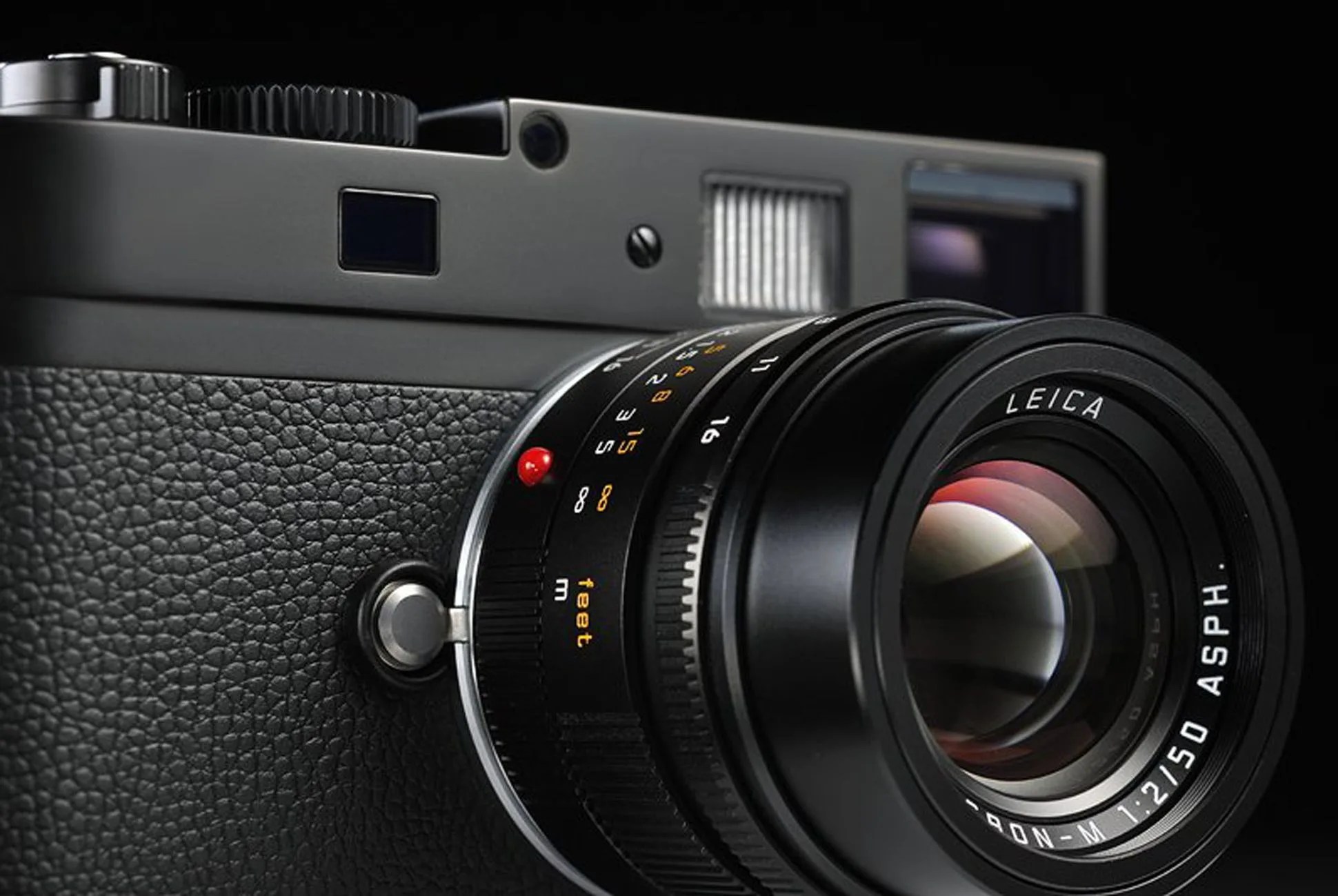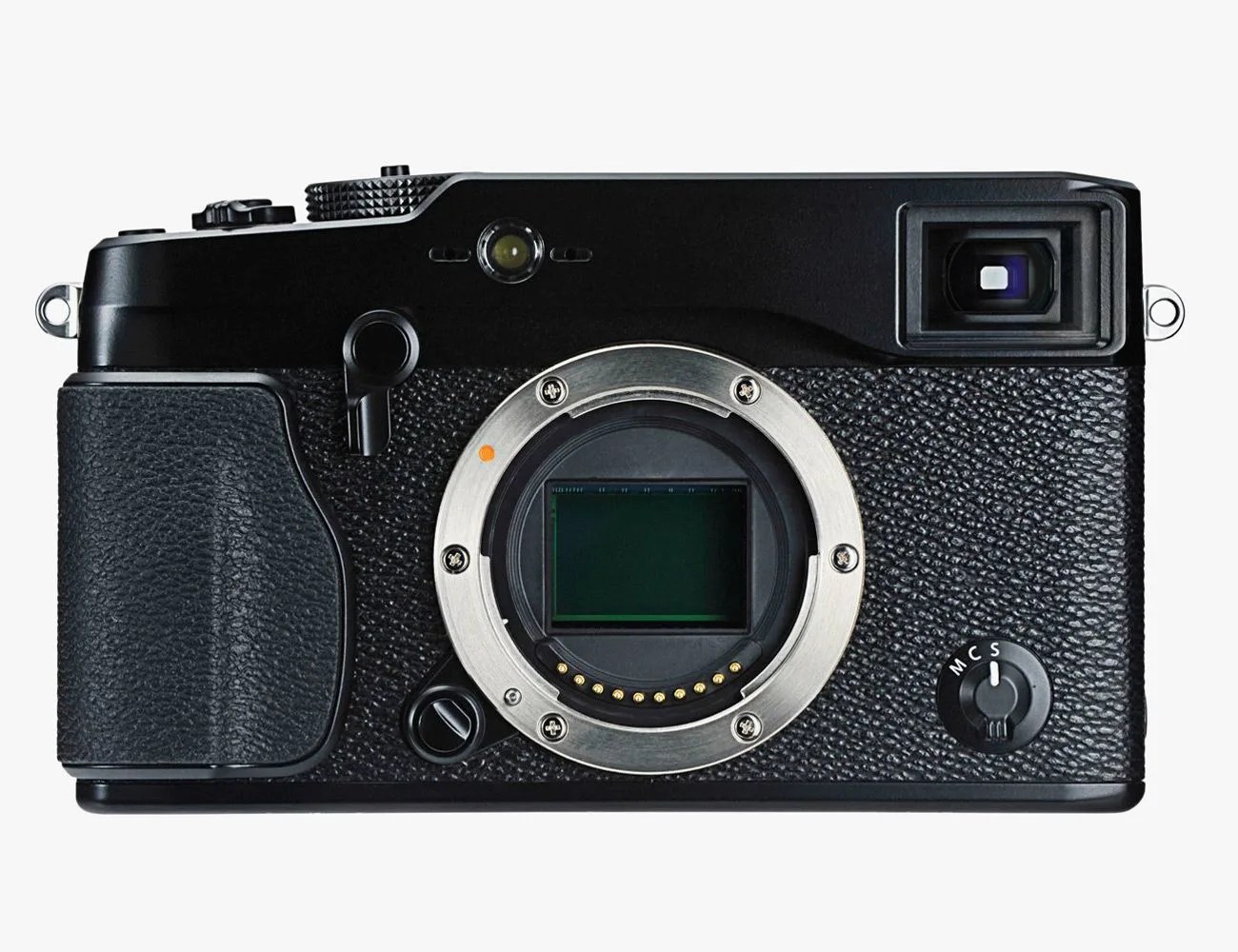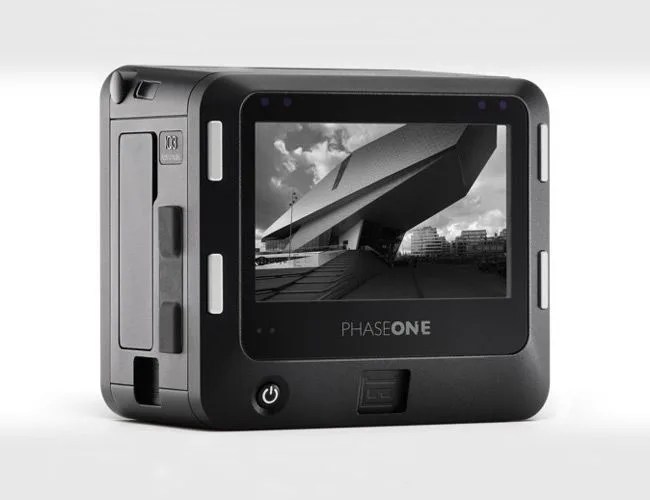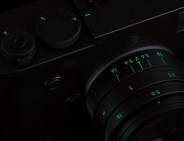A monochrome (or black-and-white) photo can be nostalgic, timeless, beautiful and these days there are a few ways to capture one. Many digital cameras have monochrome modes. You can also edit photos with programs like Photoshop and Lightroom, or by using a RAW converter, that turn your color photo into a monochrome photo. For the best monochrome photos, however, you really want a camera that doesn’t collect color information at all, and they’re a decidedly rare breed.
What makes a monochrome camera better? Most conventional digital cameras have color filters laid over its sensor that capture a full-color image — this process is called demosaicing — but these filters also interfere with the sensor’s ability to capture the full spectrum of available light. This means that even though a digital camera’s monochrome mode can do a good job, it’s not going to be able to reach the same black and white levels of a monochrome camera. The advantage of using a conventional digital camera when shooting in monochrome mode, on the flip side, is you can turn black-and-white RAW photos into colored photos after they’ve been taken.
Monochrome photography is a bit different than traditional photography — things like light, shadows, shapes and textures play much more prominent roles. (Since most photographers see in color… this adds another level of difficulty.) But for those who really have a passion for monochrome photography, and they want to take the best quality photo, they should really look into a dedicated monochrome camera. Be forewarned, there aren’t many options and they are all pretty expensive.
Editor’s Note: If you’re looking for a more affordable option, we suggest looking into the Sigma dp3 Quattro ($899+). It’s not a true monochrome camera, as its Foveon Quattro sensor can still capture color, but the sensor doesn’t use traditional light filters and it instead derives colors without demosaicing, resulting in more accurate monochrome photos. (You can read more about the technology, here.) All Sigma’s new dp1, dp2 and dp3 Quattro compacts have a Foveon sensor.
Leica M Monochrom
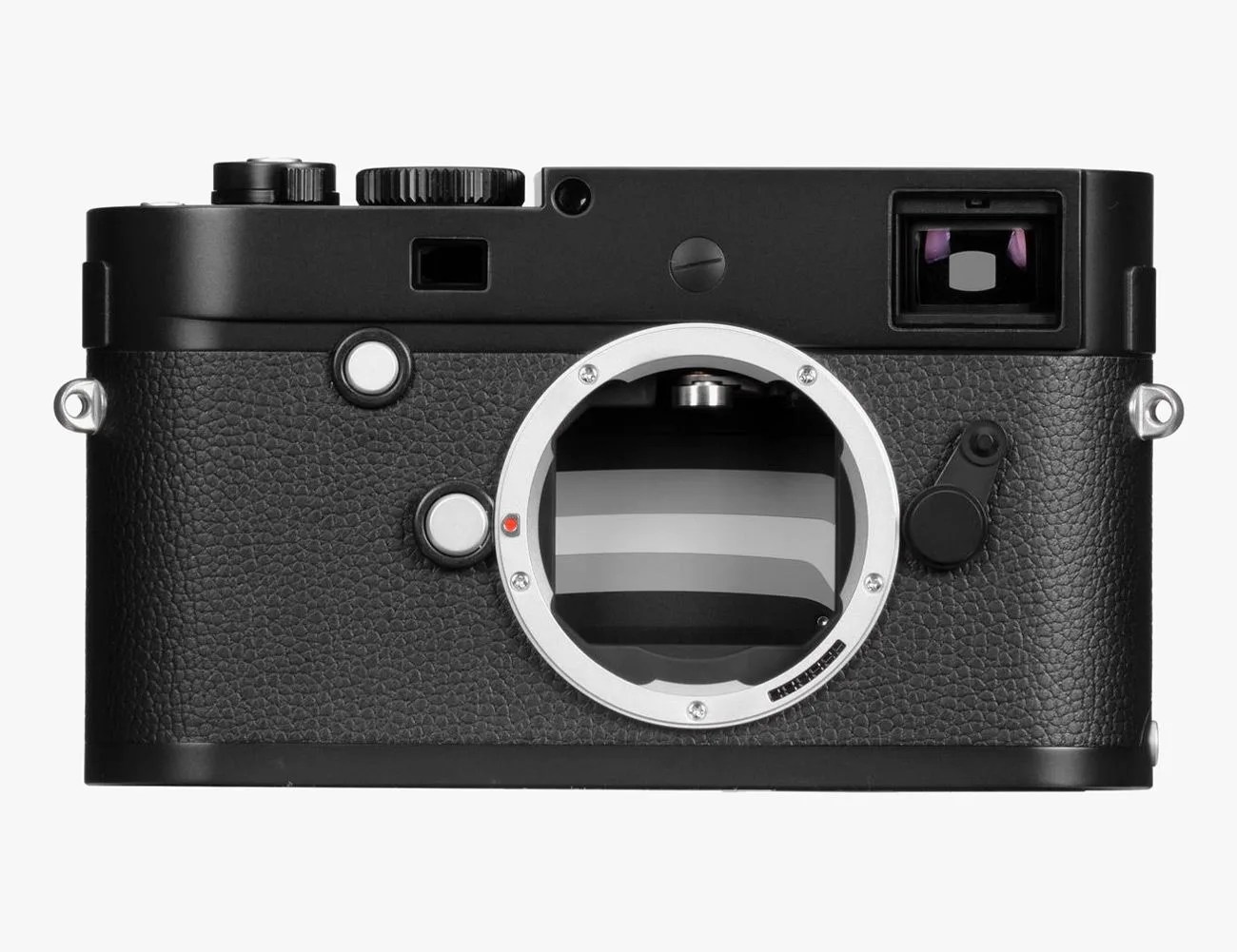
The Leica M Monochrom is a rangefinder-style digital camera and a true black-and-white shooter. Released in 2012, it’s beloved by most serious photographers, but it’s also known for being quite difficult to use. It doesn’t have autofocus, so you’ll have to adjust the lens’s focus ring — any of Leica’s M-Series of lenses are compatible with the M Monochrom — to capture in-focus photos. Aperture is also controlled by the lens. It doesn’t have great bursting or video shooting (up to 1080p) abilities, either. And it lacks wi-fi, GPS, and NFC, which are all common features on today’s digital cameras. However, the M Monochrom has a 24-megapixel full-frame sensor and flexible ISO (320-25600) and can capture stunningly crisp black-and-white photos. For expert photographers who aren’t scared away by this Leica’s price tag, this is the best monochrome camera you can buy.
